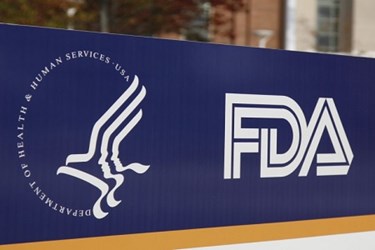FDA Releases Final Guidance On Extrapolating Clinical Data For Pediatric Indications

The FDA has released a final guidance outlining the agency’s thoughts on leveraging data obtained during clinical trials with adults to secure device labeling for pediatric indications. The agency hopes that this new approach will “streamline” the approval process for pediatric devices and improve children’s access to important life-saving technology.
Over the past year, the FDA has considered comments made by stakeholders on the original draft and has incorporated some changes and clarifications. According to the Regulatory Affairs Professionals Society (RAPS), the finalized draft was updated to include de novo requests and to clarify the extent to which data could be extrapolated among various pediatric subpopulations.
The guidance also includes a section describing a concept called “borrowing strength,” in which data from an adult trial may be used to bolster population numbers in trials with pediatric participants. An entire subsection of the guidance describes how and when this might be appropriate.
This guidance is the latest effort by FDA to incentivize innovation in pediatric healthcare. Current initiatives include the recruitment of pediatric experts to FDA advisory panels, raising protections for children involved in clinical trials, providing grants to researchers developing for children, and collecting data on current unmet needs in pediatric health.
Medical device innovation for pediatric patients is ten years behind innovation for devices designed for adults, according to the New York Times. Michael Harrison, director of the Pediatric Device Consortium in San Francisco, explains that device developers lack incentive to design for pediatric patients because the market was so much smaller. Though many devices designed for adults can work for children, doctors using them are going “off-label” and improvising strategies to adapt the devices for children, said Harrison.
In the draft guidance released in May 2015, regulators commented that there were many circumstances where a device indicated for adults could be appropriate for children, but establishing clinical trials with the devices in pediatric populations may not always be feasible or necessary. The guidance attempts to clarify how the industry may use the clinical data it has on hand — which was collected from adult trial participants — in establishing a safety and efficacy profile for a pediatric indication.
In the draft, FDA explained that the usability of adult data would depend on a number of factors, such as similarities between disease pathology between adults and children, and what already is known about the device’s use among adult population segments. FDA noted that full extrapolation of data is likely to be very rare, as it would be much harder to establish safety than efficacy, but it is a step toward improving safer access for pediatric patients.
“Currently, there is a paucity of scientific evidence available to substantiate submissions for devices that are indicated for use in the diagnosis or treatment of pediatric patients,” wrote the agency in the finalized draft. “Leveraging relevant available clinical data, when appropriate, may lead to more devices being granted marketing authorization for pediatric indications, which will increase the availability of medical devices with appropriate labeling to support safe and effective device use in pediatric patients.
